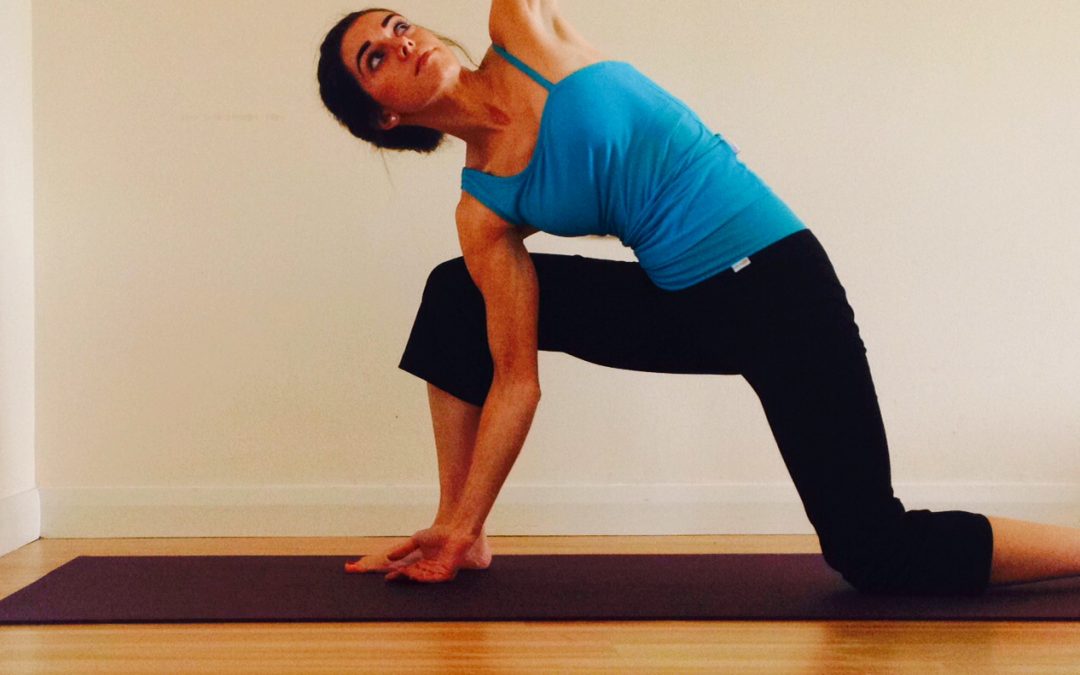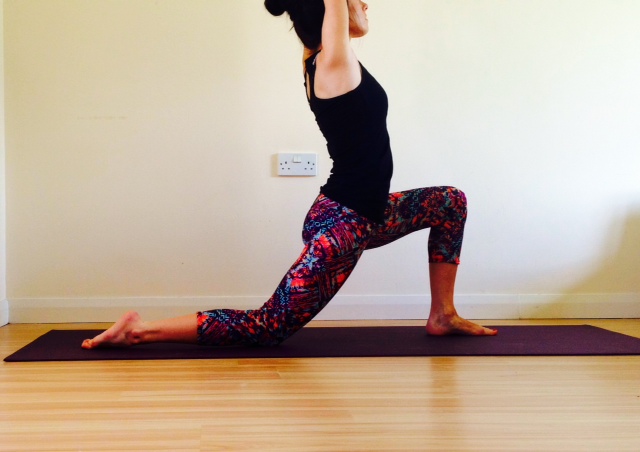A topic that everyone who works out discusses at some point! Stretching is a fundamental part of any exercise routine, any injury prevention programme and for anyone who wants to take care of their body.
Muscles are contractile tissues, which means they are designed to contract and tighten in order to allow your body to function, however, if they are not provided with stretching techniques to counteract this the tissues remain with a degree of tightness. Over time this can become greater and greater.
Tight muscles leads to weak muscles
Tightened muscles have a reduced capacity to contract and relax because their length is already shortened, and therefore less range to contract means less power output. If you want to continue working out, whatever activity it may be, stretching must be incorporated after each session, and even then extra stretching should be involved.
Try these 5 hip opening stretches
Tight muscles leads to tighter muscles
Muscles are highly innervated with both stretch and pain receptors; these tell the brain when enough is enough. If a muscle is regularly left in a contracted position the receptors then begin to perceive this as “normal”, and pain can set in when you then try to stretch it beyond this as the stretch receptors trigger a reflex response. Regular stretching will ensure these parameters remain normal, or allow you to lengthen beyond this.
Stretching muscles leads to longer muscles & relaxation
Holding stretches for longer durations reduces the signals of the stretch receptors and they become accustomed to the new length. Combining this long stretch with slower, controlled breathing relaxes the autonomic nervous system by reducing the sympathetic activity (responsible for adrenaline production and increased heart rate) and stimulating the parasympathetic system. The parasympathetic system is responsible for counteracting stress and adrenaline; it tells muscles to relax and lowers blood pressure and heart rate. Stretching relieves stress mentally as well as physically!
Try these 5 stretches for those notorious tight hamstrings!
Tight muscles can lead to injury
Tightened muscles will restrict the joint’s range of movement, meaning your body can’t work the way it should. It will also restrict the rest of the body, for example, tight hamstrings can pull on their pelvic attachment and alter the position of your pelvis. This has a knock on effect of pulling on the lower back and can lead to lower back pain. Try these stretches for lower back & hips. The other common complaint is tight neck and chest muscles, usually from office workers or those who overwork the chest muscles and lack conditioning for the back muscles. We spend so much of our day flexed forwards and head forwards, we must remember this is not our natural, normal posture and to counteract it the neck and chest must be opened out. Try these stretches for the upper body.
When to stretch and how
Stretching can be done anytime. Simple answer. It should be done after any exercise and should focus on the muscle groups used at that time. Stretching can also be done when your body just needs it. When it feels tight, sore, achey and you just need to stretch out. Or in times of stress, chaos and busy lifestyles, because, don’t forget the stress relieving factor.
Long stretches of 30 seconds or more will accomplish this lengthening, receptor desensitising and stress relieving benefits. If you are really sore or tight, try shorter more gentle stretching but with more repetitions, such as 5 second stretches repeated 5-7 times to ease into the stretch.






This is an awesome post with lots of great detail. I think it is important to note, however, that the longer 30 second stretches shouldn’t be done without a warm up beforehand because this can cause injury and won’t achieve the longest stretch possible.
Thanks glad you liked it! Warm ups should always be done to raise the body temperature even jut a few degrees and loosen the muscles off! Stretches can be limited though so you don’t cause injury, you just need to be gentle until the muscles allow further stretch 🙂